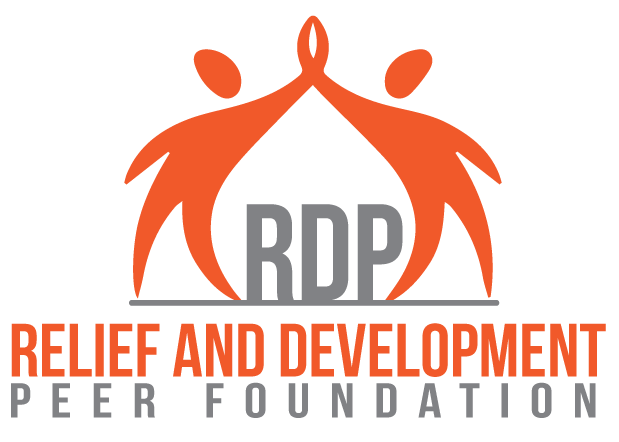No products in the cart.
About FSL Program
Since its inception, RDP has served a total number of 499,876 individuals ( men, women, boys, girls).
FOOD SECURITY & LIVELIHOODS
Conflict and insecurity remain the major drivers of food insecurity in Yemen. Since conflict escalated in 2015, food security across Yemen has deteriorated alarmingly. The protracted conflict has destroyed livelihoods, limited income opportunities and reduced families’ ability to purchase food.
PROGRAM’s GOALS
Increase access to food for highly vulnerable families across the country through in kind food assistance distribution.
Increase access to food for highly vulnerable families across the country through conditional cash/voucher transfer.
Increase access to food for highly vulnerable families across the country through unconditional cash/voucher transfer.
Increase rural households incomes in areas with high levels of food insecurity.
Rehabilitate food security assets in areas with high levels of food insecurity.
SERVICES PROVIDED
-
- Support households with emergency food assistance (in kind food assistance).
- Provide households with emergency food assistance (conditional cash transfers).
- Provide households with emergency food assistance (conditional voucher transfers).
- Provide households with emergency food assistance (unconditional cash transfers).
- Provide households with emergency food assistance (unconditional voucher transfers).
- Support households with cereal kits (seeds and tools).
- Support households with easy access to emergency vegetable kits (seeds and tools).
- Provide households with emergency fishery kits (nets, ice boxes, life jackets).
- Provide households with emergency livestock feed/concentrate.
- Support households with plastic water tanks (1,000 liters).
- Rehabilitate terraces/lands for the most vulnerable households.
WHO WE SERVE
-
- Severely food insecure households.
- Vulnerable IDP households (presently IDPs have some of the worst food security indicators in the country).
- Vulnerable Host households hosting IDPs.
- Households with children under 5 with Severe Acute Malnutrition (SAM) or Moderate Acute Malnutrition (MAM).
- Vulnerable Households with children under five years old and/or pregnant women and/or lactating women.
- Vulnerable Female headed households.
- Child headed households.
- Vulnerable Households with no productive assets, or functional means of income/ reliable source of income.
- Vulnerable Elderly headed households.
- Vulnerable Households headed by chronically ill members.
- Vulnerable Households headed by physically challenged heads.
- Vulnerable marginalized communities e.g. Muhamasheen.
- Vulnerable Households not receiving adequate assistance from other sources.
- Households meeting other vulnerability criteria as identified by the communities.
